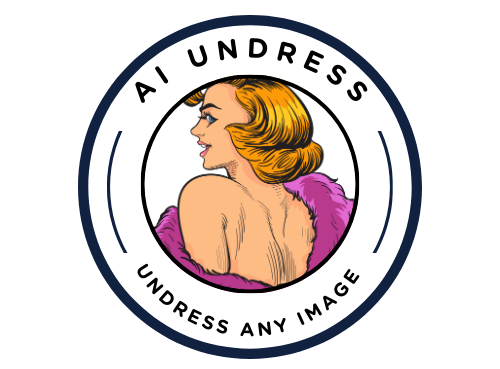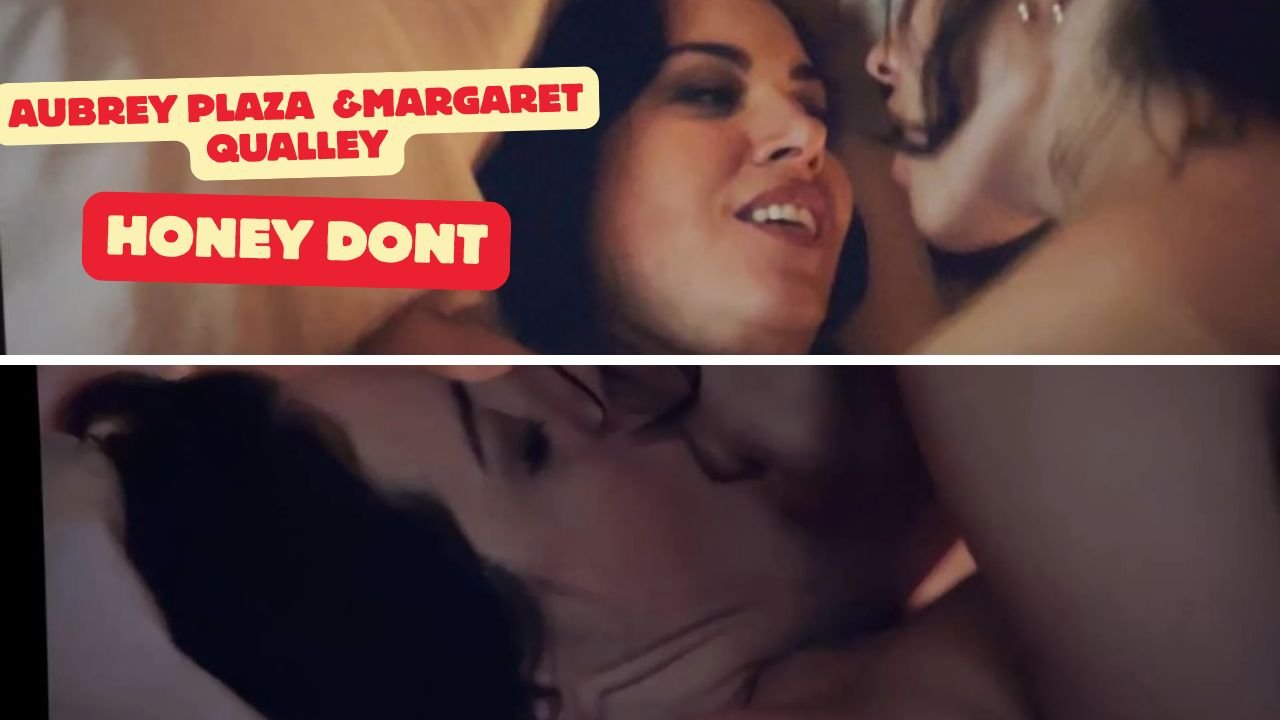Honey Don’t! (2025) is a neo-noir dark comedy from Ethan Coen, co-written with longtime collaborator Tricia Cooke, that serves as the second installment in their planned trilogy of lesbian-themed B-movies, arriving after Drive-Away Dolls (2024) and paving the way for the forthcoming Go, Beavers!; it reflects both Coen’s enduring fascination with pulp cinema and Cooke’s activist interest in queer representation, and while the film leans heavily on genre tropes, it does so with a knowingly camp sensibility, presenting its characters and plot turns as heightened exaggerations rather than conventional drama.
At the narrative center is Honey O’Donahue, played with eccentric energy by Margaret Qualley, a femme-fatale-styled private investigator who mixes audacity with distraction, embarking on a dangerous journey in Bakersfield where a suspicious death and the activities of a cult-like church force her into confrontations with both local corruption and personal entanglements.
WATCH FULL VIDEO HERE >> CLICK THE LINK TO WATCH FULL VIDEO
Aubrey Plaza co-stars as MG Falcone, a butch police officer who moves from wary adversary to trusted ally, forming a partnership with Honey that mixes tension, humor, and a hint of romantic possibility, while Chris Evans portrays Reverend Drew Devlin, a charismatic preacher whose seemingly saintly demeanor hides darker, exploitative motives; surrounding them is a gallery of eccentric supporting figures played by Charlie Day, Billy Eichner, Talia Ryder, and others, each embodying outsize personalities in keeping with the film’s comic-noir texture.
Aubrey Plaza Getting Fucked by Margaret Qualley in Honey Don’t
The relationship between Honey (Margaret Qualley) and MG (Aubrey Plaza) is central to the movie. They start off on opposite sides—Honey is a private detective, MG a police officer—but their partnership develops as the mystery deepens.
Their attraction becomes part of the film’s queer noir texture, which deliberately embraces pulp traditions while highlighting lesbian relationships that were once sidelined in classic noir.
The intimate sequence between them is portrayed not just as erotic, but as a playful and subversive inversion of traditional femme fatale tropes. Instead of a man and a femme fatale, the power dynamics and intimacy happen between two women.
Director Ethan Coen and co-writer Tricia Cooke have emphasized that these kinds of moments are designed to celebrate queer desire openly, rather than treat it as subtext or taboo, which aligns with the trilogy’s stated goal of putting lesbian characters at the center of B-movie genres.
In terms of themes, Honey Don’t! balances mystery plotting with satirical social commentary, lampooning institutions of authority—police, church, even private investigators themselves—by showing them as flawed, corruptible, or absurd, while foregrounding queer desire and companionship as acts of resistance in a cultural landscape increasingly fraught with debates over representation; Cooke in particular has described the trilogy as an “antidote” to rising conservative backlash, a cinematic space where lesbian characters can be messy, adventurous, and central to the story without apology.
Critical reception has been divided: some outlets praised Qualley’s bold performance, likening her to screwball heroines of classic Hollywood updated with millennial eccentricity, and commended the film’s willingness to embrace chaos, cartoonish violence, and visual wit, arguing that its disjointedness is part of its charm, while others were sharply critical, calling the plot incoherent, the humor forced, and the reliance on provocation—whether through stylized sexuality, graphic absurdity, or violent slapstick—an empty substitute for depth.
What seems clear is that Honey Don’t! embraces its role as an experiment in camp noir rather than striving for mainstream approval, a film more interested in energy, mischief, and aesthetic play than in delivering tidy resolutions, and in that respect it stands as a marker of Coen and Cooke’s creative freedom: liberated from the prestige expectations that once came with the Coen brothers’ collaborations, they have carved out space for something deliberately trashy, provocatively queer, and self-aware. Whether praised as bold or dismissed as hollow, the film has sparked conversations about the role of satire, the importance of queer visibility, and the continued relevance of low-budget genre traditions in contemporary cinema, and its position as the middle entry of a planned trilogy makes it part of a larger project whose ultimate legacy will depend on how audiences and critics receive the final chapter.
In sum, Honey Don’t! may not be universally admired, but it is a fascinating, messy, playful work that reflects its creators’ twin commitments to cinematic history and queer storytelling, ensuring that its place in 2025’s cultural landscape is memorable—whether as a triumph of style or a case study in overindulgence—and for admirers of Coen’s off-kilter sensibilities, Plaza’s sardonic presence, or Qualley’s fearless willingness to throw herself into eccentric roles, it remains a film well worth noting.

